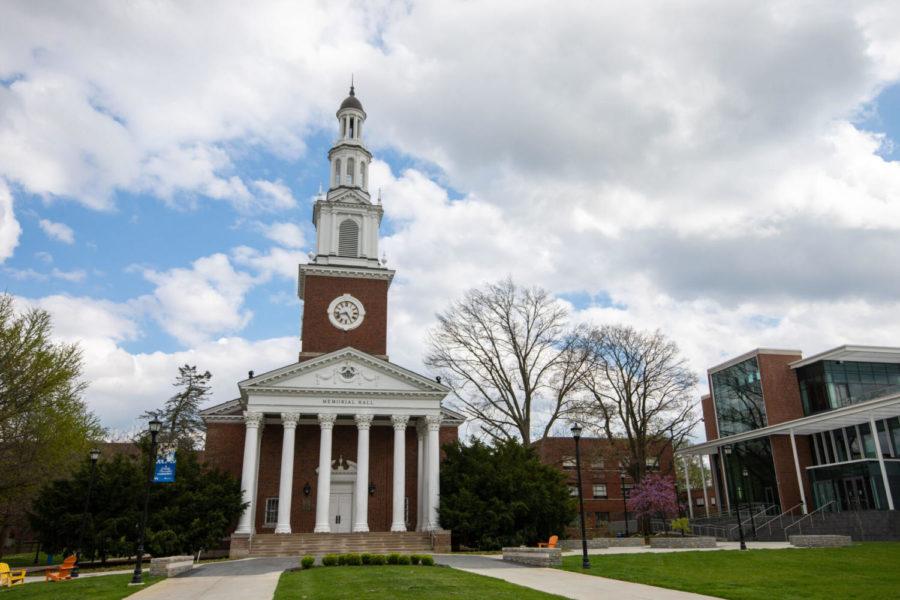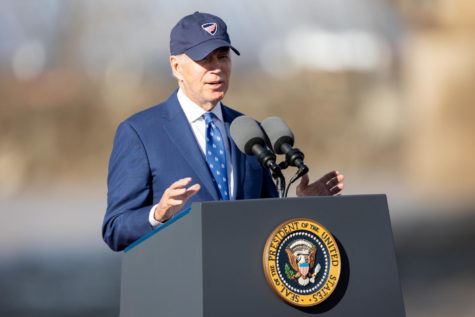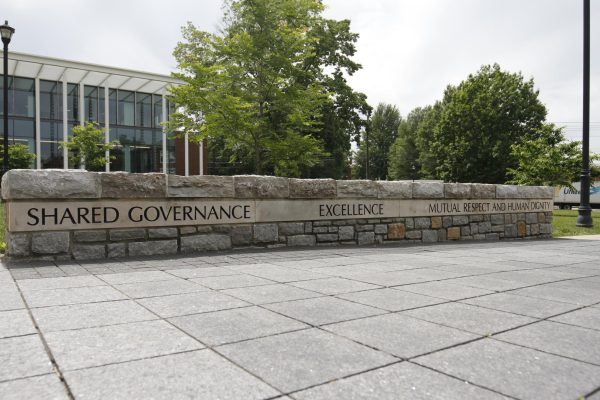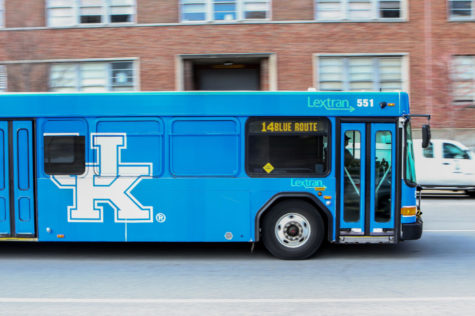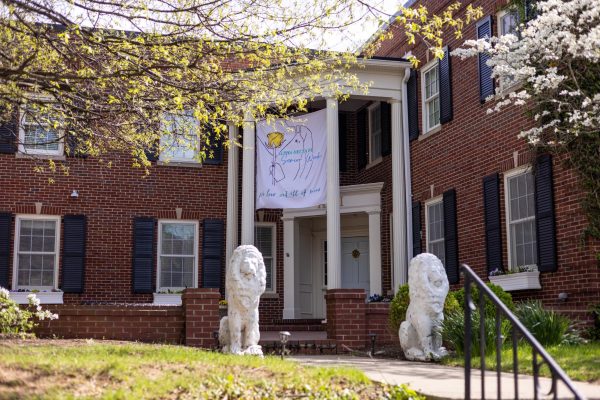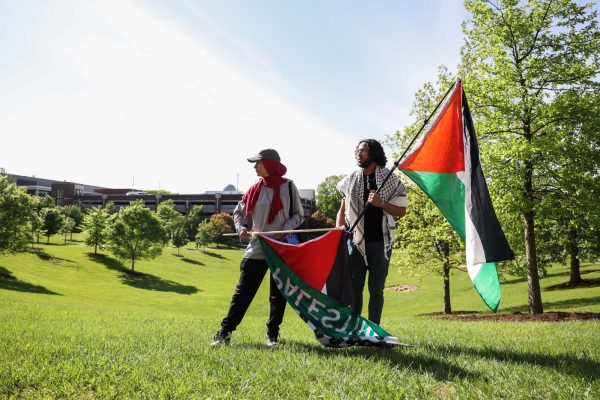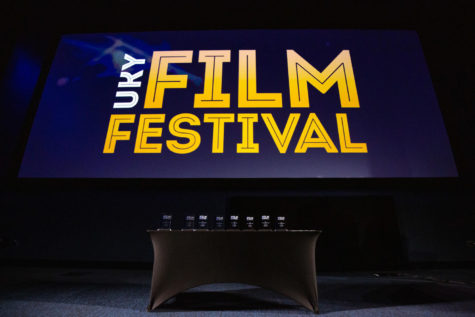It’s coming down: After years of hesitancy, UK to remove Memorial Hall mural
June 5, 2020
As nation-wide protests over police brutality and racism extend into a second week, institutions across the country are reckoning with their legacies of racism.
At UK, the reckoning has forced a decision years in the making: the controversial mural in the entrance to Memorial Hall is, finally, coming down.
“We have not been immune from racial prejudice and hate, but I believe deeply that there is a commitment to doing better tomorrow than we are doing today,” said President Eli Capilouto in his announcement. “It’s against that imperfect and human backdrop that I am directing our facilities team to immediately begin the process of removing the mural in Memorial Hall.”
The mural (which is actually a fresco) has long been a lightning rod for racial tensions on UK’s campus.
Created in 1934 by Ann Rice O’Hanlon, the mural is intended to show the history of Kentucky. It depicts slaves working in fields, as well as Native Americans hiding in the woods. Some students call it the “slave mural.”
In recent years, the mural has been a central point in on-campus protests and has been periodically covered up. Students say the mural is a painful reminder of the past that makes it uncomfortable to enter the building, which is one of the largest meeting spaces on campus.
Now, as the university questions how it can improve its own racial issues, President Capilouto has announced that the mural will come down.
“We have discussed the mural for many years and made a number of important, productive efforts to seek common ground and lasting solutions. But the spaces we have created for dialogue, and the work we have commissioned to expand conversation and contextualize art, haven’t worked, frankly,” wrote Capilouto in an email to the campus.
The facilities team will immediately begin the process of removing the mural.
UK spokesperson Jay Blanton said facilities would work with architectural experts on the best way to bring the mural down. Because it’s a fresco, painted onto plaster while it’s still wet, the mural cannot be removed intact without harming the underlying wall.
At a documentary screening, art historian Dr. Emily Elizabeth Goodman suggested that the mural could be preserved through digital reproduction.
The decision to remove the mural is part of a larger discussion about the present moment and what UK can do to moving forward to be part of the solution.
“I don’t believe we can have that conversation with the mural still, metaphorically, on the table. And, so while in the context of many significant issues we must discuss and decide upon, the mural may appear relatively small, it carries with it tremendous symbolic weigh,” wrote Capilouto.
Capilouto acknowledged that the administration’s previous efforts on the mural had not been helpful for students.
In 2019, Capilouto met with student protesters after they occupied UK’s Main Building. One of the demands of the protesters was that the mural be taken down.
“I have to confess it is difficult for me to consider removing that piece of art,” said Capilouto at the time.
The protests, led by UK’s Black Student Advisory Council, were resolved without a decision on the mural, which was again covered. UK stopped scheduling mandatory classes in Memorial Hall as of spring 2020.
Protesters in 2015 also demanded the mural be removed, an event that Capilouto referenced in his email announcing the mural’s removal.
“There was a conversation with one student about the mural who stopped me cold with the observation that every time he walked into a class in Memorial Hall, he was forced to reckon with the fact that his forbears were enslaved,” wrote Capilouto.
As a result of those students’ conversations, UK commissioned artist Karyn Olivier to add a second piece of art in the foyer of Memorial Hall to add context to the mural. The mural was temporarily covered during the commissioning process.
Olivier’s work, titled “Witness”, features re-contextualized versions of the slave figures in O’Hanlon’s fresco.
Olivier said her piece was about “taking the subjugated, folks who were considered lowly or insignificant, the people who were anonymous, who didn’t have names, and then elevating them to the level of divine.”
Blanton said that as of yet, no decisions had been made about Olivier’s work.









































































































































